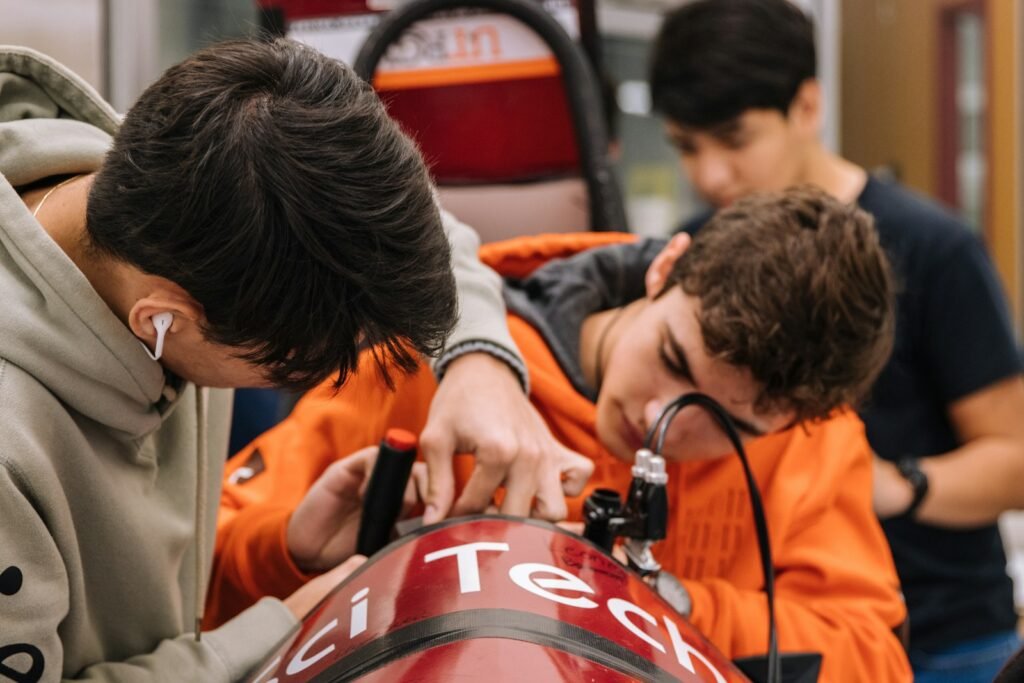Picture this: two equally brilliant students sit in the same chemistry lab, working on identical experiments. One confidently asks questions, receives encouragement from peers, and gets extra guidance from the professor. The other stays quiet, faces subtle dismissiveness when speaking up, and struggles to find study groups that welcome them. Same classroom, same material, but completely different educational experiences. This isn’t just about what’s written in textbooks or taught in lectures – it’s about the invisible barriers that shape who succeeds in science, technology, engineering, and mathematics.
The Invisible Barriers Behind Classroom Doors
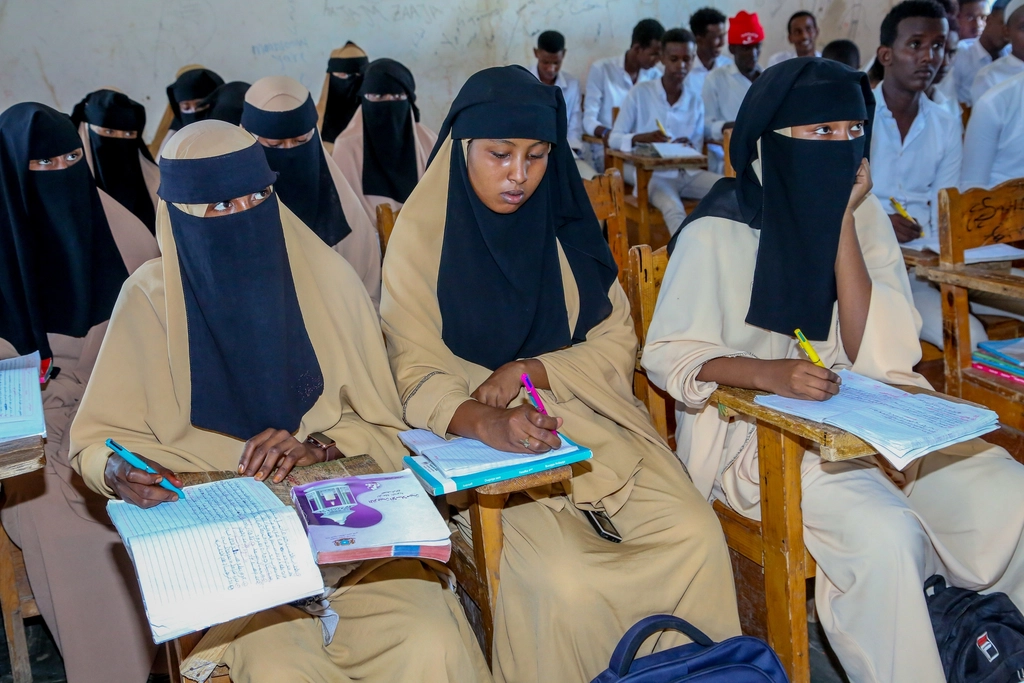
When Maria walks into her engineering course, she’s not just carrying textbooks and calculators. She’s carrying the weight of being one of only three women in a class of forty-five students. Every time she speaks, she feels dozens of eyes evaluating whether she belongs there. The professor doesn’t intentionally ignore her raised hand, but somehow the guy next to her always gets called on first. This isn’t paranoia – it’s the hidden curriculum in action, teaching lessons that never appear on any syllabus.
These invisible lessons communicate who belongs in STEM fields and who doesn’t. They’re transmitted through sideways glances, dismissive comments, and the subtle ways professors interact differently with various students. Unlike the official curriculum that teaches photosynthesis or quantum mechanics, this hidden curriculum operates in whispers and assumptions. It shapes career paths and dreams in ways that most people never even notice.
The most devastating part? These barriers often masquerade as natural differences in ability or interest. When marginalized students struggle or leave STEM programs, it’s easy to blame personal shortcomings rather than systemic inequities. But research reveals a different story – one where brilliant minds are systematically discouraged from pursuing their scientific passions.
When Your Identity Becomes a Science Experiment

Imagine being the only Black student in your physics class and having classmates constantly ask if you’re there on an athletic scholarship. Or being a Latino student in computer science and hearing peers joke about whether you “really belong” in advanced programming courses. For marginalized students, their very presence in STEM becomes a daily experiment in proving their worth. They face what researchers call “stereotype threat” – the crushing pressure of potentially confirming negative stereotypes about their group.
This psychological burden is like running a marathon while carrying extra weight. Every exam becomes a test not just of scientific knowledge, but of whether their entire demographic group is “smart enough” for STEM. The cognitive load is exhausting, leaving less mental energy for actually learning complex scientific concepts. Students report feeling like they’re representing their entire race, gender, or socioeconomic background every time they answer a question or turn in an assignment.
The irony is striking: while science supposedly values objective thinking and evidence-based conclusions, many STEM environments remain clouded by subjective biases about who looks like a “real scientist.” These assumptions create a feedback loop where marginalized students internalize doubt about their abilities, even when their academic performance proves otherwise.
The Language of Exclusion in Scientific Spaces

STEM fields have their own cultural language, and it’s not just about technical terminology. It’s about knowing the unwritten rules of how to sound “scientific” – which often means adopting communication styles that favor certain cultural backgrounds. Students from working-class families might struggle with the indirect, theoretical way that concepts are often discussed in graduate seminars. Their direct, practical approach to problem-solving gets labeled as “less sophisticated” even when it’s equally effective.
Consider how scientific collaboration is supposed to work versus how it actually works. Textbooks describe peer review and scientific discourse as objective processes, but real-world scientific conversations are filled with cultural assumptions. When a first-generation college student suggests a hands-on approach to testing a hypothesis, they might be dismissed as “not theoretical enough.” Meanwhile, students who’ve grown up in academic families instinctively know how to frame identical ideas in language that sounds more prestigious.
This linguistic gatekeeping extends beyond classroom discussions into networking events, research conferences, and job interviews. Marginalized students often find themselves code-switching between their authentic voice and what they perceive as the “proper” scientific voice. The emotional exhaustion of this constant translation can be overwhelming, especially when combined with the already challenging cognitive demands of advanced STEM coursework.
The Mentorship Gap That Shapes Scientific Futures

Mentorship in STEM isn’t just about explaining complex equations or reviewing lab techniques. It’s about seeing potential in students and opening doors to opportunities that aren’t advertised on bulletin boards. However, marginalized students often struggle to find mentors who understand their unique challenges or who are willing to invest in their success. Faculty members, who are predominantly white and male in many STEM fields, may unconsciously gravitate toward mentoring students who remind them of themselves.
The absence of diverse mentors creates a cascade of missed opportunities. Research positions, conference presentations, and graduate school recommendations often come through informal conversations rather than formal applications. Students who lack access to these networks find themselves excluded from the very experiences that could launch their scientific careers. It’s like trying to solve a puzzle when half the pieces are hidden in someone else’s office.
When marginalized students do find mentors, they often face additional burdens. They might be expected to serve as ambassadors for diversity initiatives while also excelling academically. Some mentors, despite good intentions, focus more on “fixing” students to fit existing systems rather than advocating for systemic changes that would make STEM environments more inclusive.
Imposter Syndrome in Laboratory Coats

Walking into a research lab where everyone else seems to effortlessly understand complex procedures can trigger intense feelings of inadequacy. For marginalized students, these feelings are amplified by constant messages that they don’t belong in scientific spaces. Imposter syndrome becomes less about personal insecurity and more about navigating environments that consistently question their legitimacy. Every mistake feels magnified, every success feels like luck rather than competence.
The psychological toll is profound. Students report lying awake at night, wondering if they’re fooling everyone into thinking they’re smart enough for STEM. They attribute their achievements to affirmative action, luck, or easy professors rather than recognizing their own abilities. This internalized doubt can persist even among students with stellar academic records and obvious talent for scientific thinking.
What makes this particularly cruel is that imposter syndrome often strikes hardest among the most capable students. Those who are genuinely struggling academically might have clarity about what they need to improve. But high-achieving marginalized students live in a constant state of cognitive dissonance, knowing they’re succeeding while feeling like frauds. This psychological burden can derail promising scientific careers before they even begin.
Financial Barriers That Science Class Never Mentions

While chemistry textbooks explain molecular bonds, they never mention the financial bonds that tie many students to part-time jobs instead of research opportunities. Marginalized students often come from families where contributing to household expenses isn’t optional. The summer internship that could launch a biomedical career becomes impossible when you need to work retail to help pay rent. The equipment-heavy nature of many STEM fields creates additional financial hurdles that aren’t always visible to more privileged classmates.
Laboratory fees, field trip costs, and specialized software can create unexpected financial burdens throughout a STEM program. Students who can’t afford these extras might miss crucial hands-on experiences or networking opportunities. Graduate school, which is often necessary for serious scientific careers, requires years of low-paid training that many families simply can’t support. The dream of becoming a researcher clashes with the reality of needing to earn money immediately after graduation.
Even when financial aid exists, it often comes with strings attached that make pursuing STEM more difficult. Work-study jobs might conflict with lab schedules. Part-time employment leaves little time for the informal studying and collaboration that helps students master complex scientific concepts. The invisible curriculum teaches that serious scientific commitment requires economic privilege that many marginalized students lack.
When Laboratory Partners Become Social Experiments
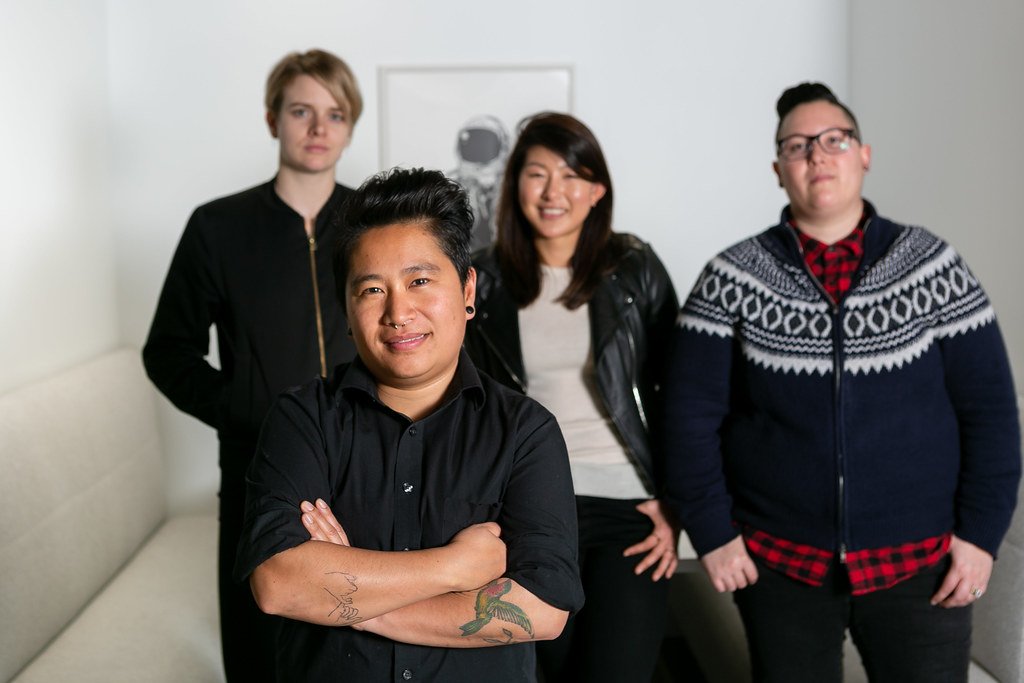
Group work in STEM classes reveals social dynamics that can be more complex than the chemical reactions students are studying. Marginalized students often find themselves either invisible in group settings or hypervisible in uncomfortable ways. They might be automatically assigned to take notes while others handle “more important” tasks like data analysis. Or they might face the opposite problem – being expected to prove their competence by doing disproportionately large amounts of work.
Study groups, which are crucial for mastering difficult STEM concepts, can become exercises in social navigation rather than academic collaboration. Students report feeling excluded from informal study sessions or being included but treated as outsiders. The assumption that certain students are “naturally better” at math or science creates hierarchies within study groups that mirror broader social inequalities.
These dynamics become particularly complex during collaborative research projects where interpersonal relationships directly impact scientific outcomes. Students who are marginalized based on their race, gender, or class background might find their ideas dismissed or appropriated by teammates. The collaborative nature of modern science, which should be a strength, becomes another arena where marginalized students must prove their worth while navigating social barriers.
The Curriculum That Erases Scientific Contributions

Opening a standard biology textbook reveals a parade of scientific heroes who look remarkably similar – predominantly white, male, and from privileged backgrounds. Students learn about Darwin’s evolution and Mendel’s genetics, but rarely hear about the contributions of scientists like George Washington Carver, Rosalind Franklin, or Katherine Johnson. This selective storytelling communicates powerful messages about who counts as a “real scientist” and whose contributions matter to scientific progress.
The absence of diverse scientific role models isn’t just about representation – it’s about imagination. When students can’t envision scientists who share their background or experiences, it becomes harder to see themselves in scientific careers. The hidden curriculum teaches that scientific genius comes in only certain forms, making it difficult for marginalized students to recognize their own potential contributions to scientific knowledge.
Even when diverse scientists are mentioned, they’re often presented as exceptional cases rather than examples of the broad diversity that has always existed in scientific communities. This framing suggests that marginalized people can succeed in science only under extraordinary circumstances, rather than acknowledging that diverse perspectives have always been essential to scientific progress.
Microaggressions in the Name of Scientific Inquiry
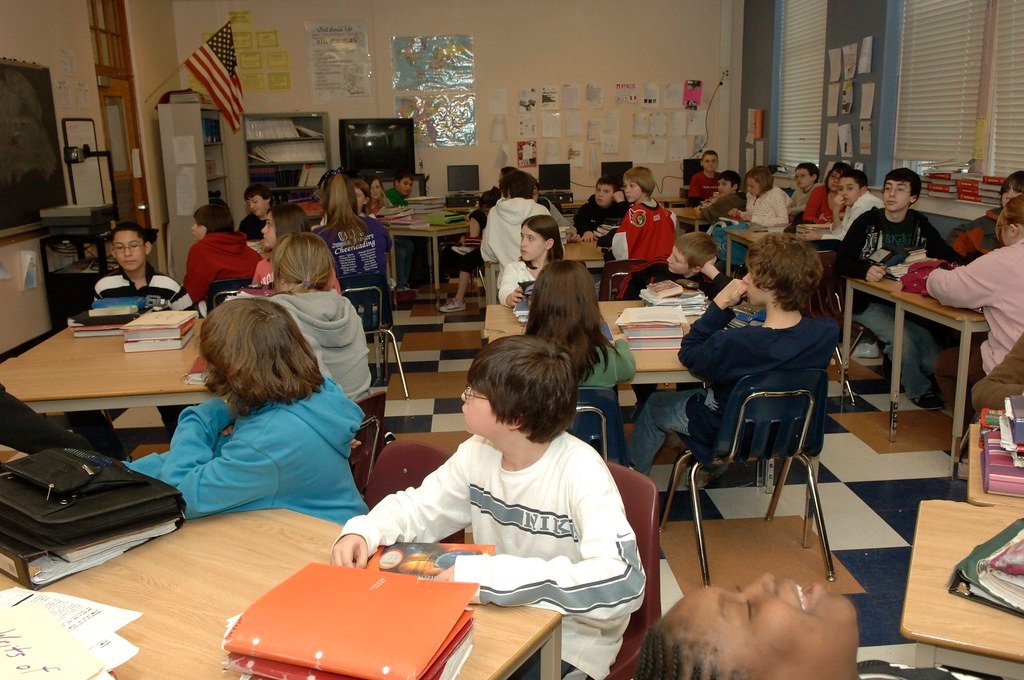
The phrase “Be more objective” can sting differently when directed at students whose lived experiences are constantly questioned or dismissed. In STEM environments, microaggressions often hide behind claims of scientific neutrality. A professor might consistently mispronounce a student’s name while insisting it’s “too difficult” to learn correctly. Classmates might express surprise when marginalized students excel, as if scientific aptitude were distributed along demographic lines.
These small indignities accumulate over time, creating what researchers call “racial battle fatigue” or similar forms of identity-based stress. Students report feeling constantly on guard, never sure when the next dismissive comment or surprised look will come. The energy required to navigate these interactions takes away from the mental resources needed for learning complex scientific concepts.
Perhaps most frustratingly, these microaggressions often occur in environments that pride themselves on rational, evidence-based thinking. The contradiction between scientific values of objectivity and the subjective treatment of marginalized students creates cognitive dissonance that can be deeply damaging to students’ sense of belonging in scientific communities.
The Research Opportunity Gap

Research experience is often the golden ticket to competitive graduate programs and scientific careers, but accessing these opportunities requires navigating informal networks that can exclude marginalized students. Faculty members might offer research positions to students who remind them of themselves or who they encounter in non-academic social settings. The coffee shop conversations and departmental social events where opportunities are discussed might feel unwelcoming to students from different backgrounds.
When marginalized students do secure research positions, they often face additional challenges in laboratory environments. They might be given less interesting projects or excluded from high-profile collaborations. The assumption that they need more supervision or are less capable of independent thinking can limit their growth as researchers. These experiences during undergraduate research can determine whether students pursue graduate degrees and ultimately scientific careers.
The impact extends beyond individual students to the broader scientific enterprise. When research teams lack diversity, they miss perspectives that could lead to innovative solutions and breakthrough discoveries. The hidden curriculum that excludes marginalized students from research opportunities ultimately impoverishes scientific knowledge by limiting the range of questions being asked and approaches being pursued.
Grade Inflation and the Mythology of Merit

The belief that grades in STEM courses represent pure meritocracy ignores the complex factors that influence academic performance. Marginalized students might excel on exams but struggle with homework assignments that assume access to resources like high-speed internet, quiet study spaces, or family members who can help with childcare. The hidden curriculum treats academic performance as a measure of inherent ability rather than recognizing the environmental factors that shape student success.
Study strategies that work for some students might be completely impractical for others. The assumption that everyone can attend evening study sessions ignores students who work night shifts or have family responsibilities. Group projects that require meeting outside of class can exclude students who lack transportation or who live far from campus. These practical barriers get translated into academic performance differences that seem to confirm biases about who belongs in STEM fields.
Perhaps most perniciously, the mythology of merit in STEM education ignores the ways that biased feedback can become self-fulfilling prophecies. Students who receive less encouragement or more criticism might internalize these messages and perform below their actual capabilities. The hidden curriculum teaches that academic struggles reflect personal inadequacies rather than systemic inequities.
Professional Networks That Never Form

Scientific careers are built as much on professional relationships as on technical knowledge, but marginalized students often struggle to access the informal networks that lead to job opportunities and career advancement. The assumption that professional networking happens naturally ignores the cultural barriers that can make these interactions challenging for students from different backgrounds. A casual conversation at a conference reception might feel impossible for students who lack experience with academic social norms.
Alumni networks, which can be powerful sources of career opportunities, often reflect the historical demographics of STEM fields. When most successful alumni are white and male, networking events can feel more like cultural initiation rituals than professional development opportunities. Students who don’t share backgrounds or interests with established professionals might struggle to form the mentoring relationships that could advance their careers.
The digital age has created new networking opportunities, but it has also created new forms of exclusion. Social media platforms used for professional networking might operate according to cultural norms that favor certain communication styles. The ability to maintain a professional online presence requires time and resources that not all students possess.
Graduate School Gatekeeping
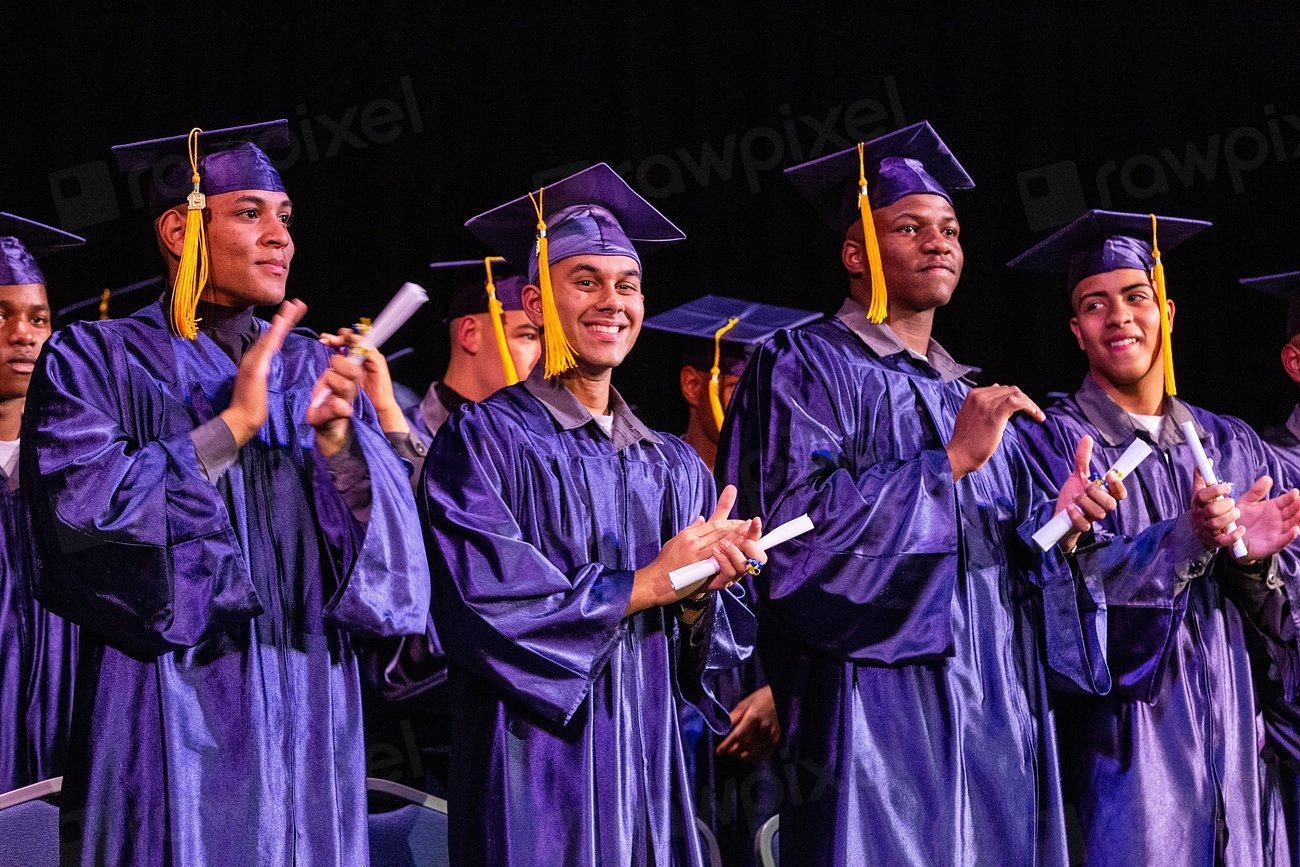
The transition from undergraduate to graduate study in STEM fields involves numerous hidden requirements that aren’t spelled out in admissions materials. Successful applicants often have research experience, conference presentations, and strong letters of recommendation from faculty members. However, accessing these credentials requires navigating informal systems that can exclude marginalized students. The hidden curriculum teaches that graduate school admission depends on merit, while ignoring the unequal access to the experiences that demonstrate that merit.
Standardized test scores, which play a major role in graduate admissions, reflect socioeconomic privilege as much as academic ability. Students who can afford test preparation courses or who attended high schools with strong STEM programs have advantages that persist throughout their educational careers. The emphasis on standardized metrics in graduate admissions can systematically exclude capable students whose backgrounds didn’t provide equal preparation.
Even when marginalized students are admitted to graduate programs, they often face challenges that their peers don’t encounter. The assumption that all graduate students can afford to work for minimal pay while pursuing advanced degrees ignores the financial realities that many students face. The informal mentoring relationships that guide successful graduate careers might be harder to form for students who don’t share backgrounds with faculty members.
The Mental Health Crisis Hidden in Lab Reports

The pressure to maintain perfect academic performance while navigating constant microaggressions and systemic barriers takes a profound toll on marginalized students’ mental health. Depression and anxiety rates among these students in STEM programs often exceed those of their peers, but seeking help can feel like admitting weakness in fields that value emotional detachment and logical thinking. The hidden curriculum suggests that struggling with mental health is incompatible with scientific rationality.
Counseling services at many universities aren’t equipped to address the specific challenges that marginalized STEM students face. Generic stress management techniques might not be effective for students dealing with identity-based discrimination or imposter syndrome. The reluctance to seek help, combined with inadequate support services, can create a mental health crisis that derails promising scientific careers.
The stigma around mental health in STEM fields compounds these problems. Students worry that seeking counseling might be seen as evidence that they can’t handle the rigors of scientific training. Faculty members might interpret emotional struggles as signs of academic weakness rather than responses to systemic inequities. This creates a vicious cycle where students who most need support are least likely to seek it.
Technology Access and the Digital Divide

Modern STEM education increasingly depends on technology access that isn’t equally available to all students. Advanced software, high-speed internet, and sophisticated hardware are often required for coursework and research projects. Students from low-income backgrounds might struggle to complete assignments that assume universal access to these technological resources. The hidden curriculum treats technology access as a given rather than recognizing it as a form of privilege.
Online learning, which became ubiquitous during recent years, revealed stark inequalities in students’ access to reliable internet and appropriate study environments. Students trying to participate in virtual chemistry labs from crowded apartments or using phone data plans for video conferences faced disadvantages that weren’t acknowledged in course designs. The assumption that all students could seamlessly transition to digital learning ignored the reality that technology access reflects broader socioeconomic inequalities.
Even when technology is provided through university programs, marginalized students might lack the informal support networks that help peers navigate technical challenges. The cultural capital required to troubleshoot software problems or optimize computer performance isn’t equally distributed, creating additional barriers to academic success in technology-dependent STEM fields.
Faculty Bias in Letters of Recommendation

Letters of recommendation for graduate school, scholarships, and job applications can make or break scientific careers, but research reveals consistent biases in how faculty members describe different students. Marginalized students often receive letters that emphasize their work ethic and determination rather than their intellectual abilities. While these qualities are valuable, the subtle language differences can signal to admissions committees that these students are less capable of independent scientific thinking.
The same achievements might be described differently depending on the student’s background. A research breakthrough by a white male student might be attributed to his brilliance, while an identical discovery by a woman or student of color gets framed as the result of hard work and persistence. These linguistic patterns reflect unconscious biases that can systematically disadvantage marginalized students in competitive academic environments.
Perhaps most troubling, faculty members might not even realize they’re writing biased letters. The hidden curriculum operates through these unconscious patterns of description and evaluation, creating barriers that seem neutral but have discriminatory effects. Students who request letters of recommendation have no way of knowing whether their advocates are inadvertently undermining their applications through biased language.
The Pipeline Problem Begins Early

By the time students reach college-level STEM courses, many marginalized students have already internalized messages about their scientific abilities based on earlier educational experiences. Elementary and middle school science classes often reflect the same biases that persist in higher education, creating a pipeline problem that starts long before students choose college majors. The hidden curriculum operates across all levels of education, consistently communicating who belongs in scientific fields.
Early tracking systems that sort students into different levels of math and science courses can have lasting effects on educational trajectories. Students who aren’t identified as “gifted” in elementary school might never have opportunities to develop their scientific interests and abilities. These early decisions often reflect biases about which students are likely to succeed in STEM fields, creating self-fulfilling prophecies that limit opportunities for marginalized students.
The cumulative effect of these early experiences means that by college, marginalized students might lack confidence in their scientific abilities even when they have strong potential. Remedying years of subtle discouragement requires more than just inclusive college policies – it demands recognition that the hidden curriculum operates throughout the entire educational system.
Hope in the Laboratory

Despite these overwhelming challenges, marginalized students continue to pursue STEM careers and make crucial contributions to scientific knowledge. Their persistence in the face of systemic barriers demonstrates remarkable resilience and passion for scientific discovery. Programs designed to support these students are beginning to show promise, suggesting that change is possible when institutions commit to addressing the hidden curriculum.
Successful interventions often focus on creating inclusive environments rather than just providing additional support to marginalized students. When STEM programs examine their own practices and work to eliminate biased policies and procedures, all students benefit from more equitable learning environments. The hidden curriculum can be changed, but it requires acknowledging that it exists and committing to systematic reform.
The future of scientific innovation depends on tapping into the full range of human talent and perspective. Every brilliant mind that’s discouraged from pursuing science represents a loss not just for that individual, but for society’s collective understanding of the natural world. The hidden curriculum that excludes marginalized students impoverishes science itself by limiting the diversity of questions being asked and approaches being pursued.
The barriers facing marginalized students in STEM education operate largely outside the official curriculum, creating invisible obstacles that can derail even

